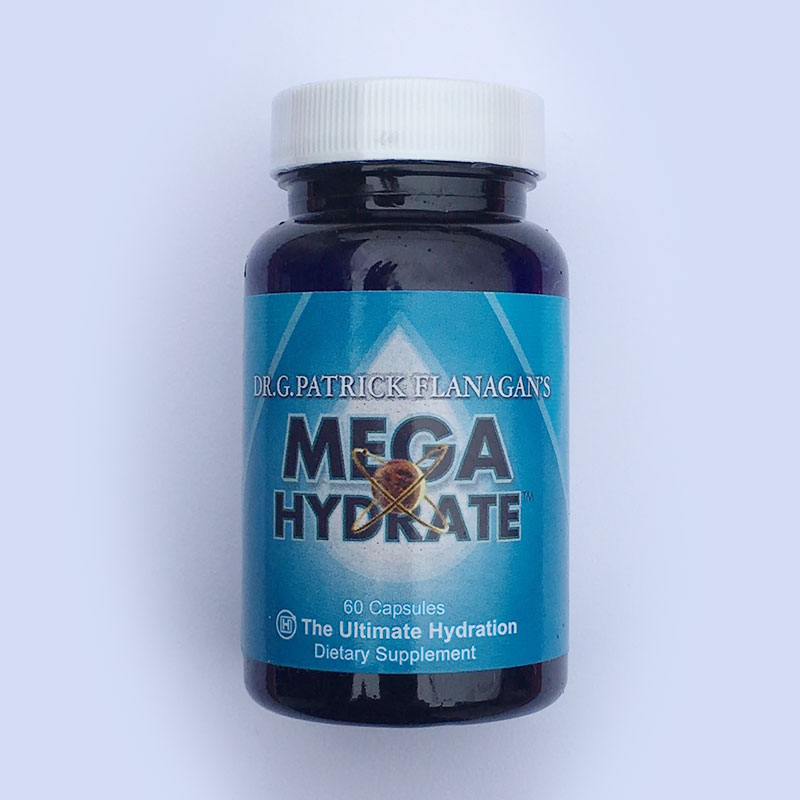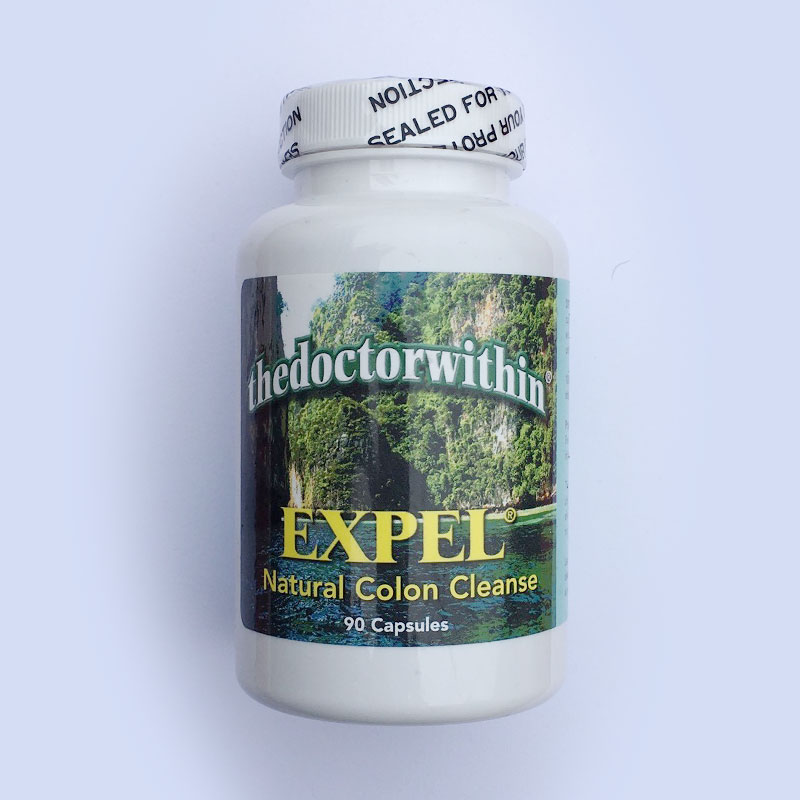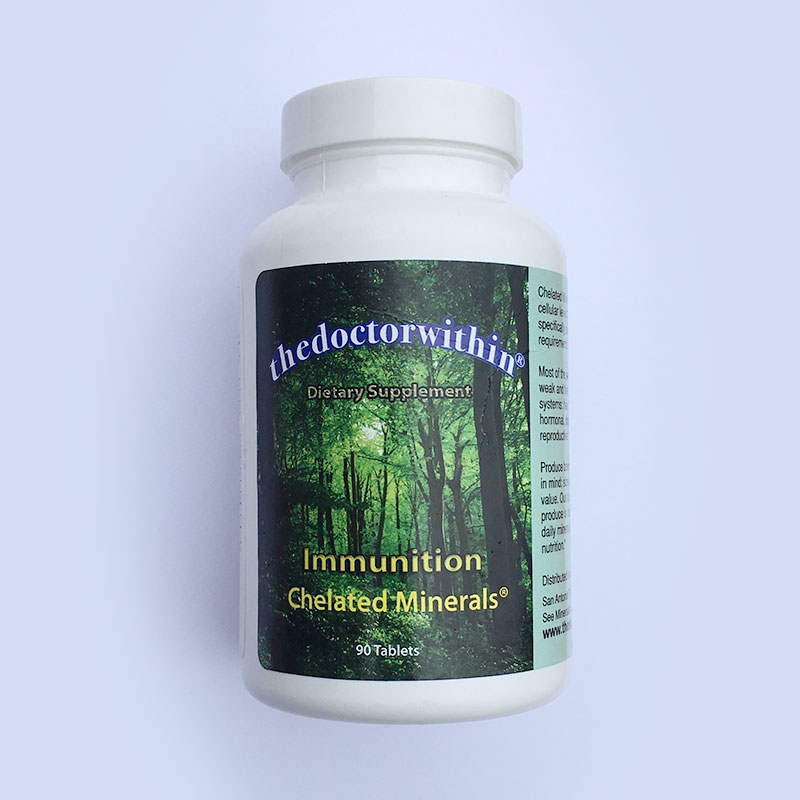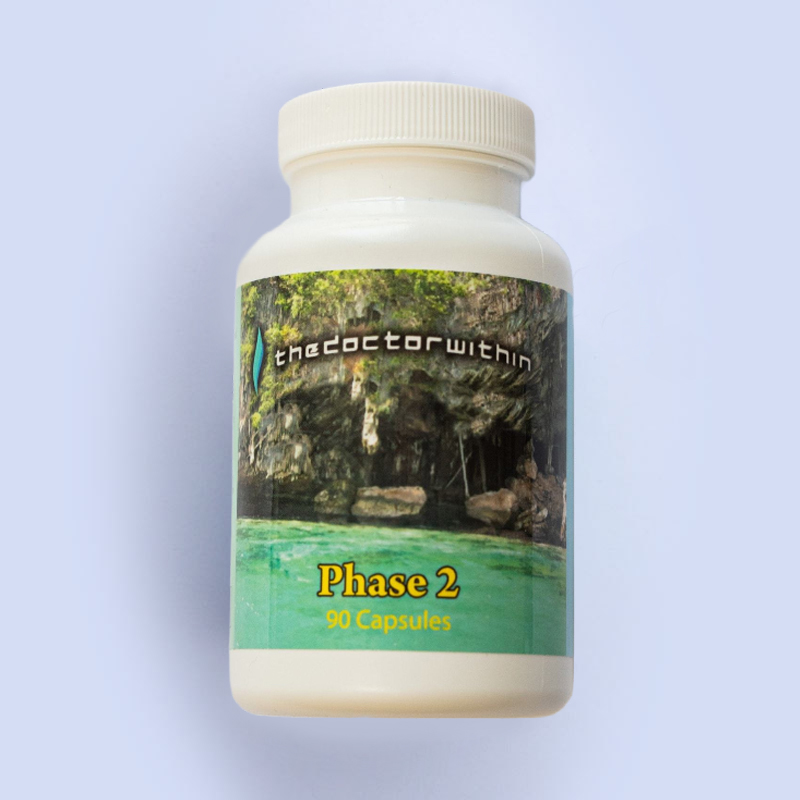
KEEPING THE TEETH IN YOUR MOUTH
A few years ago, the chapter New Agendas In American Dentistry was added to this site. It came about after comparing the various philosophies regarding fillings, root canals, amalgams, and extractions among US dentists. Was fortunate to have Dr Hal Huggins show up for my detox seminar in Denver.
Huggins was the trailblazer who almost singlehandedly was responsible for bringing an awareness of the toxicity of mercury fillings to the American people. Before Huggins, nobody went in to have amalgams removed. He’s the reason that today everybody knows that amalgams are mercury.
Huggins also had his own opinion of root canals, which differed from the conventional philosophy of most dentists, and what they are taught at dental school.
So please look at that short chapter for some background.
Recently I became aware that the prevailing standards of everyday dentistry regarding extractions, implants and periodontics may not necessarily be in the best interests of the patient, long term.
So. Patient comes in. 60s, fairly fit, but subluxated in the neck and low back. Like most people, right? That wasn’t much of a challenge, after a couple weeks of real chiropractic care. But then he started telling me about his dental problems, and thereby hangs a tale.
Turns out, in the previous decade the patient had had a lot of expensive root canals, porcelain crowns, and even one implant. Always followed his dentist’s advice for these costly procedures, but was remiss in one area. Cleaning. Kept putting it off.
The dental office would call to make the cleaning appointment but he’d always blow them off, giving some excuse.
This continued for a few years even though he had these expensive procedures done periodically, as the dentist recommended – crowns, root canals, etc. The dentist noticed the plaque building up year after year but would work around it. Not a priority – let’s just do the high priced work first.
Then last year, with intermittent bleeding gums, while in Europe the patient had a deep cleaning done by an excellent dentist. He said it took the conscientious doctor three hours to mine all that calcific plaque out of his mouth. She showed him the panoramic X-rays and the enormous extent of bone loss caused by going that long without deep cleaning.
The patient was horrified. This dentist then recommended that he come back to Europe in a few months for bone grafts, to shore up the deteriorated alveolar bone.
The patient returned to California and decided to consult his regular dentist, the guy who had made a fortune working around all that plaque. The recommendation for bone graft was no surprise to this guy– he’d taken new X-rays every year and could clearly see the buildup around the gums, and the resulting bone loss.
But now seeing that the patient had become aware of the seriousness of the periodontal disease, this dentist only saw more dollar signs. He made the standard recommendation: multiple extractions, followed by implants. Tens of thousands worth, right?
That’s when the patient had his come-to-Jesus moment: Wow, I’m not a patient to this dentist – I’m a walking ATM machine…
Now he was on a mission. He doesn’t want to lose any teeth, if possible, not being a fan of implants, bridges or the spectre of eventual dentures. So he decided to shop his mouth around to several dentists in Silicon Valley and see if he can find anyone who still has the old-fashioned philosophy dentists used to have: do everything possible to keep the original teeth.
So he made appointments with 8 dentists and oral surgeons in the area to see what his options were.
Six out of 8 agreed with his regular dentist: at least 3 extractions, followed by implants or bridges, etc.
But he found 2 who had an alternative – one in San Francisco and one in Sunnyvale. It’s a procedure that has been around for decades called LANAP. L stands for laser. We’ll play Scrabble later.
Here’s the biology of it: the gums (gingiva) are what hold your teeth in place, along with the periodontal ligaments. Calcified plaque from years of negligence builds up – where? Between the gums and the teeth, and works to pry them loose.
After a time, the gums deteriorate, bleed, and begin to recede. The bone also starts to be resorbed because the plaque causes a constant, mild chemical reaction involving calcium and phosphorus.
Now, teeth can be filled, repaired, crowned etc. But gum deterioration and bone loss are more permanent, most of the time.
The reason for bleeding gums is that the plaque breeds special bacteria, resistant to all antibiotics. There is no longer a snug, clean fit between gums and teeth. The gums become ragged and torn, and can’t heal. Inflamed gums simply can’t reattach to the teeth. As a result, space forms between the gums and the teeth. Deep cleaning doesn’t repair the damaged bleeding gums, which now begin to recede, in their chronic inflamed state..
Enter LANAP. Quietly used for decades, the procedure is a precise laser cautery of all the torn, ragged gum tissue surrounding each tooth. The laser frequency is able to distinguish between healthy gingiva and damaged, and zaps the damaged. After one week the bleeding stops because as the cauterized gum tissue heals, it can once more get closer to the teeth, with no more intervening plaque, blood, or bacteria.
Now for the good news. Six months to a year after LANAP, new alveolar bone begins to form around the roots of the teeth, locking them back in. Turns out that the cleaning and sterilization of that periodontal space stimulates osteoblastic activity and growth factors. Not just a possibility – it happens most of the time, verified by pre and post Xrays, which any LANAP doctor can show you.
Dentists unfamiliar with LANAP will tell you bone regeneration is not possible.
Which for them is true. But they’ll still screw implants into your deteriorating jawbone, won’t they?.
Following LANAP, after the new bone begins to return, there are additional procedures to further augment bone and gum restoration. The first of these is L-PRF – the Leucocyte and Platelet Rich Fibrin method.
It’s a periodontic version of PRP therapy – discussed in our May Newsletter. But LPRF is much faster and more effective.
The short version is that 50 ml of the patient’s blood is centrifuged down and then injected and sewn into the gums. This stimulates growth factor, which accelerates osteoblastic reconstruction in the area – new bone to anchor the exposed roots of the teeth. Works almost every time. You can read about it in these articles.
L-PRF has been around for a long time but very few dentists offer it.
There’s also the Pinhole Technique for gum restoration, whereby little rolls of collagen are inserted into the gums to reinforce them. Again, very effective, but difficult to find a dentist.
Finally, there’s a another effective procedure called Emdogain, used by a few conscientious oral surgeons. This application has been proven to stimulate all the periodontal tissues, including gingiva, cementum and alveolar bone. Emdogain has actually been around for over 20 years and used on more than 2 million patients! Why has nobody else heard of it?
Here’s some more of the science:
Why are these excellent procedures so unknown? Why don’t most dentists offer them? Answer : big houses and sports cars. Much easier and more lucrative to just pull teeth, place an implant and a cap, charge $10k and move on. Even though many implants will fail because there wasn’t enough alveolar bone in the first place, or else the patient won’t change the lifestyle that created the ongoing disease processes.
But these lesser-known procedures take many months, and require a lot of follow up. Most dentists won’t go to all that trouble.
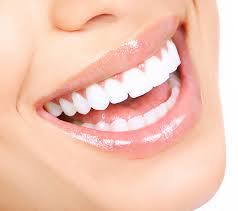
Like chiropractic, like any profession, the vital element is philosophy. Any old school dentist will tell you they were taught to do everything possible to try and keep a patient’s teeth in his head. There are many direct and indirect advantages to maintaining the original integrity of the human oral cavity. That’s another discussion altogether.
These days it’s mostly about money – so easy to pull teeth and sell people on implants and bridges, adopting the medical paradigm that the body is just a car. Things wear out and you replace them and they’ll be good as new.
This lie is easy to understand, and even easier to sell people. They want to believe it because it takes the responsibility away from them — they don’t have to take care of their teeth. If they wear out, the dentist will just pop in some more – that’s the sheep mindset.

It’s quite dark if you think about it – the new system of dental care in America today. Often dentists know that what they’re doing isn’t necessarily in the best longterm interests of the patient. But most just focus on the end-of-day balance sheets in the office . And that’s why the above procedures are so unknown.
Perhaps all this will be helpful in choosing a dentist. Don’t go for the one with the nicest office or the cutest staff. You want the dentist who takes all the advanced courses, and is up to date on the above protocols. Once you find that, get a feel for how much time is spent presenting options. Are you being rushed to go for something you don’t understand or something that seems short term? Ask your self – am I being hustled here?
It’s clear that much of the time, the recommended procedures prioritize profits for the dentist rather than what is best for the patient. Don’t believe me – find out for yourself. Get several opinions before you make your next dental decision.
*********************************

